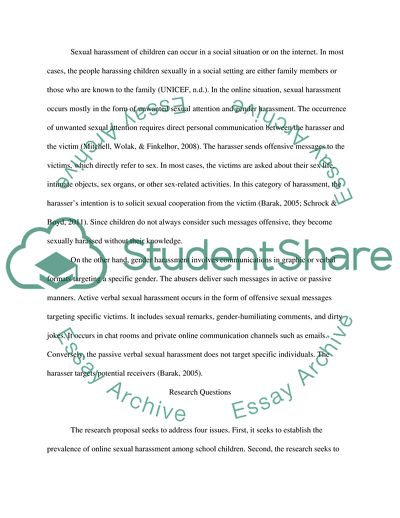Cite this document
(Sexual Harassment on Children Research Proposal - 1, n.d.)
Sexual Harassment on Children Research Proposal - 1. https://studentshare.org/law/1854564-sexual-harassment-on-children
Sexual Harassment on Children Research Proposal - 1. https://studentshare.org/law/1854564-sexual-harassment-on-children
(Sexual Harassment on Children Research Proposal - 1)
Sexual Harassment on Children Research Proposal - 1. https://studentshare.org/law/1854564-sexual-harassment-on-children.
Sexual Harassment on Children Research Proposal - 1. https://studentshare.org/law/1854564-sexual-harassment-on-children.
“Sexual Harassment on Children Research Proposal - 1”. https://studentshare.org/law/1854564-sexual-harassment-on-children.


